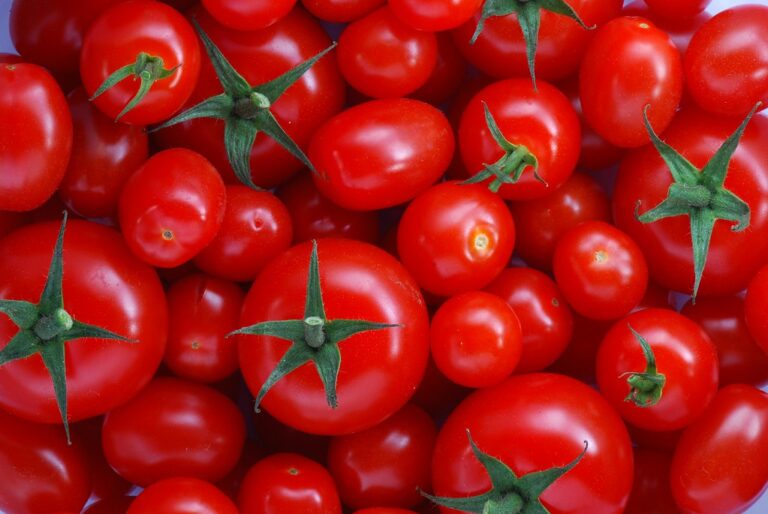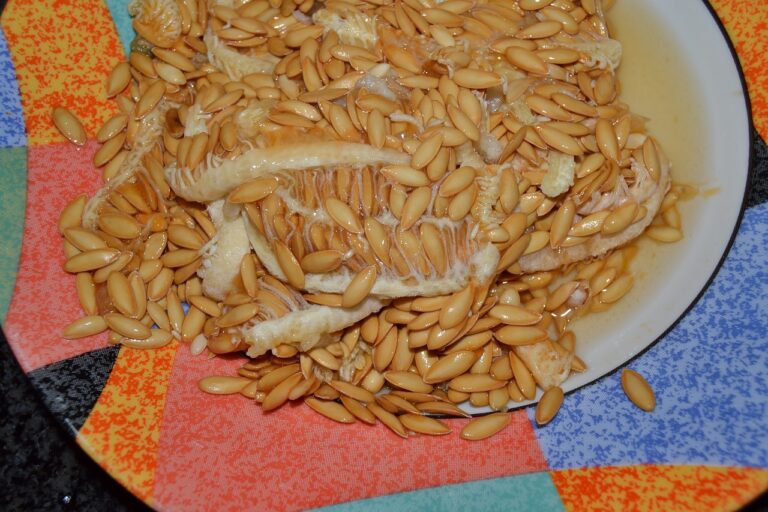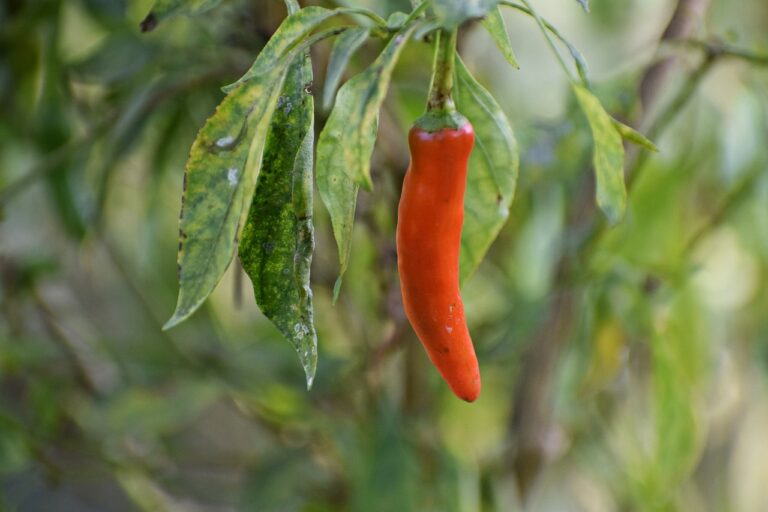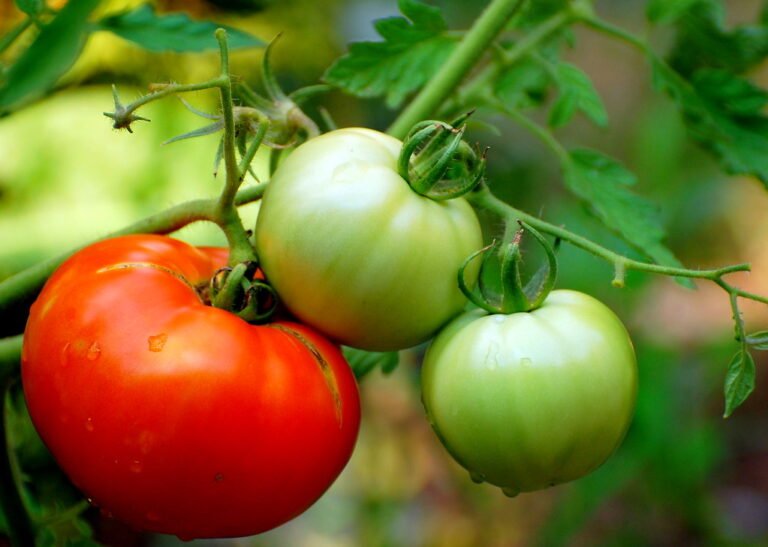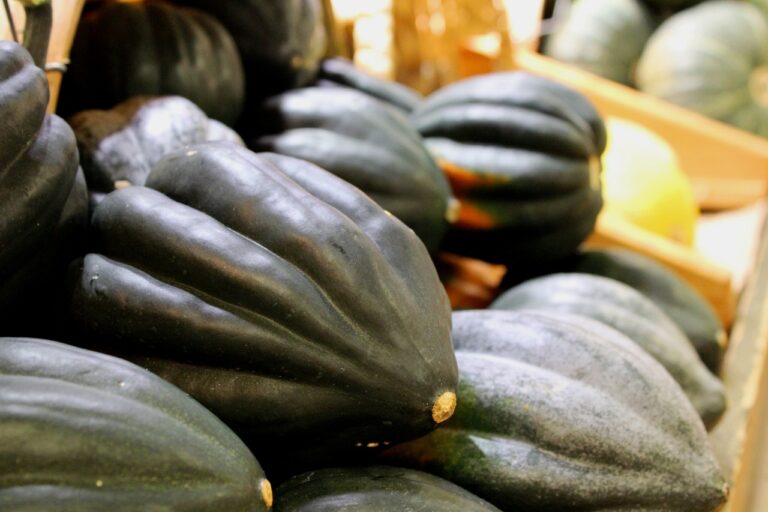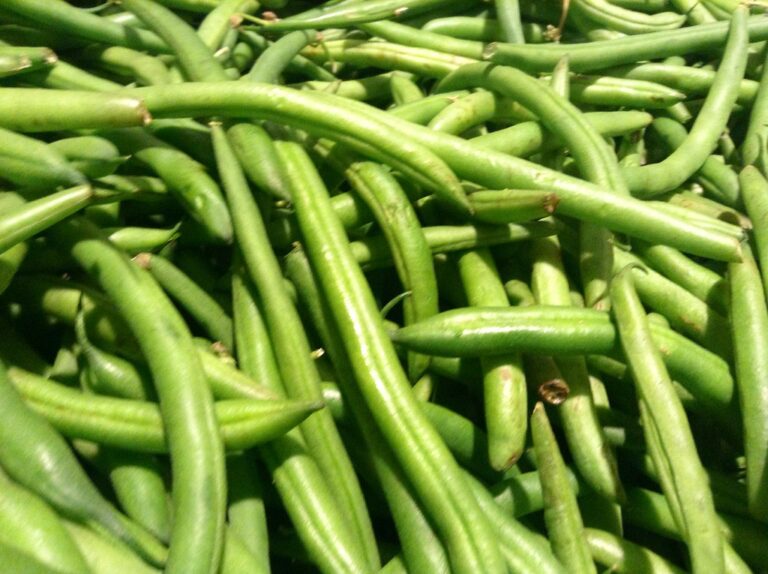A Comprehensive Guide to Growing Serrano Peppers
Are you ready to embark on a journey of growing your own serrano peppers? Look no further! This comprehensive guide will provide you with all the necessary information and steps to successfully cultivate these spicy gems. From selecting the right pepper variety to troubleshooting common issues, you'll gain practical knowledge on preparing the soil, planting seeds or seedlings, managing pests, and more. Get ready to enjoy the satisfaction of harvesting and storing your very own serrano peppers!
Selecting the Right Pepper Variety
To begin selecting the right pepper variety for your serrano pepper garden, you should consider factors such as heat level, size, and growth habit. When it comes to heat level, serrano peppers fall into the medium to hot category, so if you prefer milder flavors, you might want to opt for a different variety. In terms of size, serrano peppers are typically around 2-4 inches long, so if you have limited space or prefer smaller peppers, this variety would be a good choice. Lastly, consider the growth habit of the plants. Serrano peppers have a bushy habit and can reach a height of 2-3 feet, so make sure you have enough space for them to thrive. By considering these factors, you can choose the right pepper variety that suits your taste preferences and garden conditions.
Preparing the Soil for Serrano Peppers
To prepare the soil for growing serrano peppers, you will need to ensure it is rich in nutrients and well-draining. Start by testing the soil pH level to determine its acidity or alkalinity. Serrano peppers prefer a pH level between 6.0 and 7.0. If the soil is too acidic, add lime to raise the pH level, and if it's too alkaline, add sulfur to lower it. Next, incorporate organic matter such as compost or well-rotted manure to improve soil fertility and structure. This will provide essential nutrients for the peppers' growth. It's also important to ensure the soil is well-draining to prevent waterlogging, which can cause root rot. Adding perlite or sand can help improve drainage. By preparing the soil properly, you will create a favorable environment for your serrano peppers to thrive.
Choosing the Ideal Location for Planting
Find the perfect spot for planting your serrano peppers by considering their specific sunlight and temperature requirements. Serrano peppers thrive in full sunlight, so choose a location that receives at least 6-8 hours of direct sunlight per day. Make sure the spot is also sheltered from strong winds, as the delicate pepper plants can easily be damaged. In terms of temperature, serrano peppers prefer warm weather, with temperatures between 70-85°F (21-29°C) being ideal. Avoid planting them in areas prone to frost or extreme heat. Additionally, provide well-draining soil to prevent waterlogging, as excessive moisture can lead to root rot. By finding the right balance of sunlight, temperature, and shelter, you can create an ideal environment for your serrano peppers to flourish.
Planting Serrano Pepper Seeds or Seedlings
To plant your serrano pepper seeds or seedlings, begin by preparing the soil in your chosen location. First, clear the area of any debris or weeds. Loosen the soil using a garden fork or tiller, ensuring it is well-drained and rich in organic matter. Ideally, the soil pH should be between 6.0 and 7.0. Next, dig small holes about 1/4 inch deep for the seeds or slightly larger holes for the seedlings. Place one seed or seedling in each hole and cover with soil, gently firming it around the base. Water the newly planted seeds or seedlings thoroughly, keeping the soil consistently moist but not waterlogged. Provide support, such as stakes or cages, for the growing plants to prevent them from bending or breaking under the weight of the peppers.
Providing Proper Watering and Irrigation
To ensure healthy growth and optimal fruit production, you need to provide proper watering and irrigation for your serrano pepper plants. Serrano peppers require consistent moisture, but overwatering can lead to root rot and other diseases. The best way to water your plants is to give them a deep, thorough soaking once a week. This allows the water to reach the roots and encourages deep root growth. Avoid shallow watering, as this can cause the roots to remain near the surface and make the plants more vulnerable to drought. Mulching around the plants can help retain moisture in the soil and reduce water evaporation. Additionally, it is important to water the plants in the morning to allow the foliage to dry before evening, reducing the risk of fungal diseases. Monitoring the moisture levels regularly and adjusting watering accordingly will ensure your serrano pepper plants thrive.
Implementing Fertilization Techniques
To maintain the health and productivity of your serrano pepper plants, it is important to implement proper fertilization techniques. Fertilizers provide essential nutrients for the plants to grow and produce abundant fruits. Start by selecting a balanced fertilizer with equal amounts of nitrogen, phosphorus, and potassium. Before planting, mix the fertilizer into the soil, following the recommended dosage. As the plants grow, apply fertilizer every four to six weeks, ensuring even distribution around the base of the plants. Water the plants after fertilization to help the nutrients penetrate the soil. Additionally, consider using organic fertilizers, such as compost or well-rotted manure, which enrich the soil and promote healthy growth. Avoid over-fertilizing as it can lead to excessive foliage growth and reduced fruit production. With proper fertilization, your serrano pepper plants will flourish and provide you with a bountiful harvest.
Managing Pests and Diseases Effectively
Now, let's address the important task of effectively managing pests and diseases that may affect your serrano pepper plants. Prevention is key when it comes to pests and diseases, so start by keeping your plants healthy and stress-free. Regularly inspect your plants for any signs of infestation or disease, such as yellowing leaves, holes, or wilting. If you spot any issues, act promptly. For pests, like aphids or mites, use organic insecticidal soaps or neem oil, applying them directly to the affected areas. For diseases, such as fungal infections, use a fungicide that is safe for edible plants. Additionally, ensure proper spacing between plants to promote airflow and reduce the risk of disease. Regularly remove any fallen leaves or debris from the soil, as they can harbor pests and diseases. By being vigilant and proactive, you can effectively manage pests and diseases, ensuring a thriving serrano pepper crop.
Pruning and Staking Serrano Pepper Plants
To ensure optimal growth and productivity, you should regularly prune and stake your serrano pepper plants. Pruning involves removing any dead or damaged branches, as well as those that are crossing or rubbing against each other. This helps improve air circulation and sunlight penetration, reducing the risk of diseases. When pruning, make clean cuts using sharp pruning shears, ensuring you don't remove more than 1/3 of the plant at a time. Staking is important to support the weight of the pepper plants as they grow. Use sturdy stakes or cages to prevent the plants from bending or breaking under the weight of the fruit. Secure the plants to the stakes using soft ties or twine, being careful not to tie them too tightly to allow for growth. Regularly check the stakes and ties to ensure they are still providing adequate support. By pruning and staking your serrano pepper plants, you will promote healthier growth, increase yields, and make it easier to harvest your peppers.
Harvesting and Storing Serrano Peppers
To ensure optimal quality and freshness, you should harvest and store your serrano peppers properly. When it comes to harvesting, wait until the peppers have turned red and are firm to the touch. Using a sharp pair of scissors or garden shears, cut the peppers from the plant, leaving a short stem attached. Avoid pulling or twisting the peppers, as this can damage the plant. After harvesting, it's important to store the peppers correctly. Start by washing them gently with cool water to remove any dirt or debris. Then, dry them thoroughly with a clean towel. Next, place the peppers in a paper bag or a perforated plastic bag to allow for air circulation. Store them in a cool, dry place, such as the refrigerator. Properly stored serrano peppers can last for up to two weeks. Enjoy their spicy flavor in your favorite dishes!
Troubleshooting Common Issues in Serrano Pepper Cultivation
If you encounter any problems while cultivating serrano peppers, don't hesitate to address them promptly. Here are some common issues you may face and their solutions. If your serrano pepper plants are not producing fruit, it could be due to insufficient sunlight or lack of pollination. Ensure your plants receive at least six hours of direct sunlight daily and consider hand pollination if necessary. Yellowing leaves may indicate overwatering or nutrient deficiencies. Adjust your watering schedule and consider using a balanced fertilizer. Wilting and drooping leaves may be a sign of underwatering or root rot. Adjust your watering routine accordingly and improve soil drainage. Pests like aphids and spider mites can be controlled with insecticidal soap or neem oil. Regularly inspect your plants and treat any infestations promptly. With proper care and attention, you can overcome these common issues and enjoy a successful serrano pepper harvest.
Conclusion
In conclusion, growing serrano peppers can be a rewarding and enjoyable experience. By following the steps outlined in this comprehensive guide, you can successfully cultivate these spicy peppers in your own garden. From selecting the right variety to harvesting and storing the peppers, each stage of the process is crucial for a successful harvest. With proper care and attention, you can enjoy the delicious flavor of fresh serrano peppers in your favorite recipes. Happy gardening!

